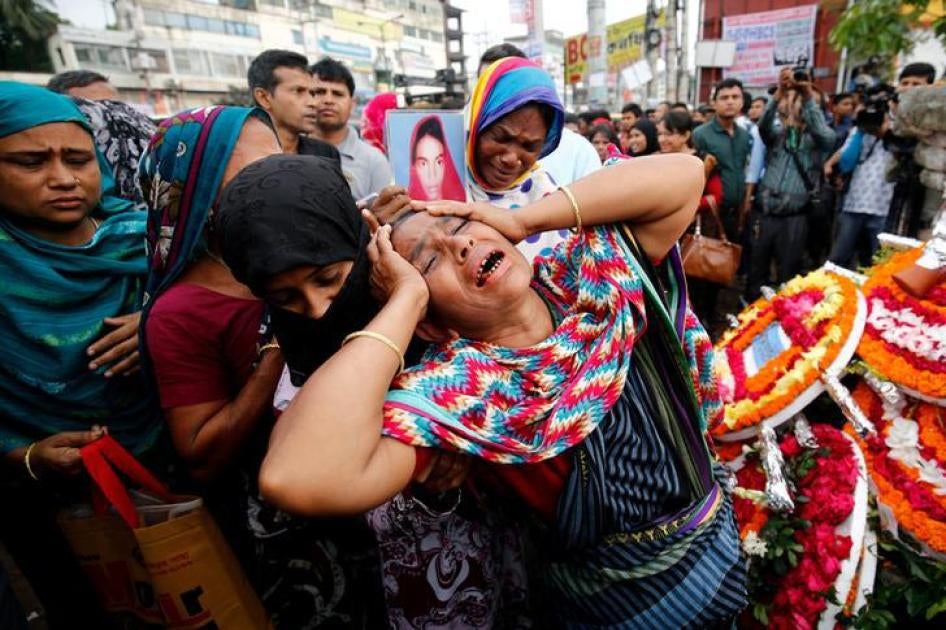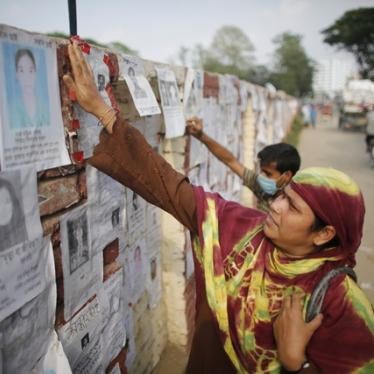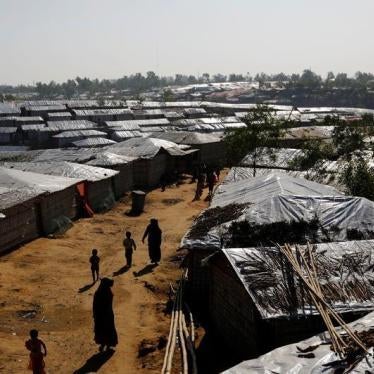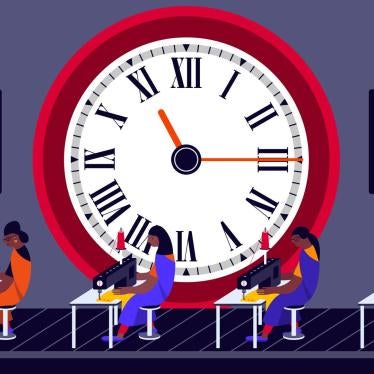Five years ago, the world watched in horror when an eight-story building collapsed in Bangladesh, trapping and killing over 1,100 people employed by garment factories. Rescue workers struggled valiantly for days to save lives, but for most, it was too late. It was an unforgettable tragedy, but an avoidable one.
Workers at Rana Plaza were forced to enter the damaged building on April 24, 2013 – they had complained the day before about sounds coming from obvious cracks in the building – which then collapsed on them.
Kalpona Akhter, a leading labor rights activist, recalls rushing to the scene. She spoke to a mother whose son was still alive under the rubble; he had texted her. He died, still waiting to be rescued. The Rana Plaza tragedy focused the world’s attention on Bangladesh’s garment industry, which has made many women their family bread-winners and been an economic lifeline for many people. But these gains have often come at an enormous cost to workers. At the time of the tragedy, few workers received fair wages, fair and decent working conditions, the right to unionize without retribution, and – as Rana Plaza showed us – to have safe working conditions.
These minimum standards should be part and parcel of garment workers’ working lives. Since Rana, the government and many of the major brands that source from Bangladesh has taken some steps to correct these wrongs. Others have resisted. One group of foreign brands is largely formed of European companies and is known as the Bangladesh Accord on Fire and Safety; the second is largely composed of Northern American brands and known as the Alliance on Bangladesh Worker Safety. While each has insisted on strengthening safety measures, much remains to be done to protect labor rights.
But brands need to remain vigilant and engaged or risk a repeat. Anything less would be a terrible injustice to those who died five years ago on April 24, 2013.









